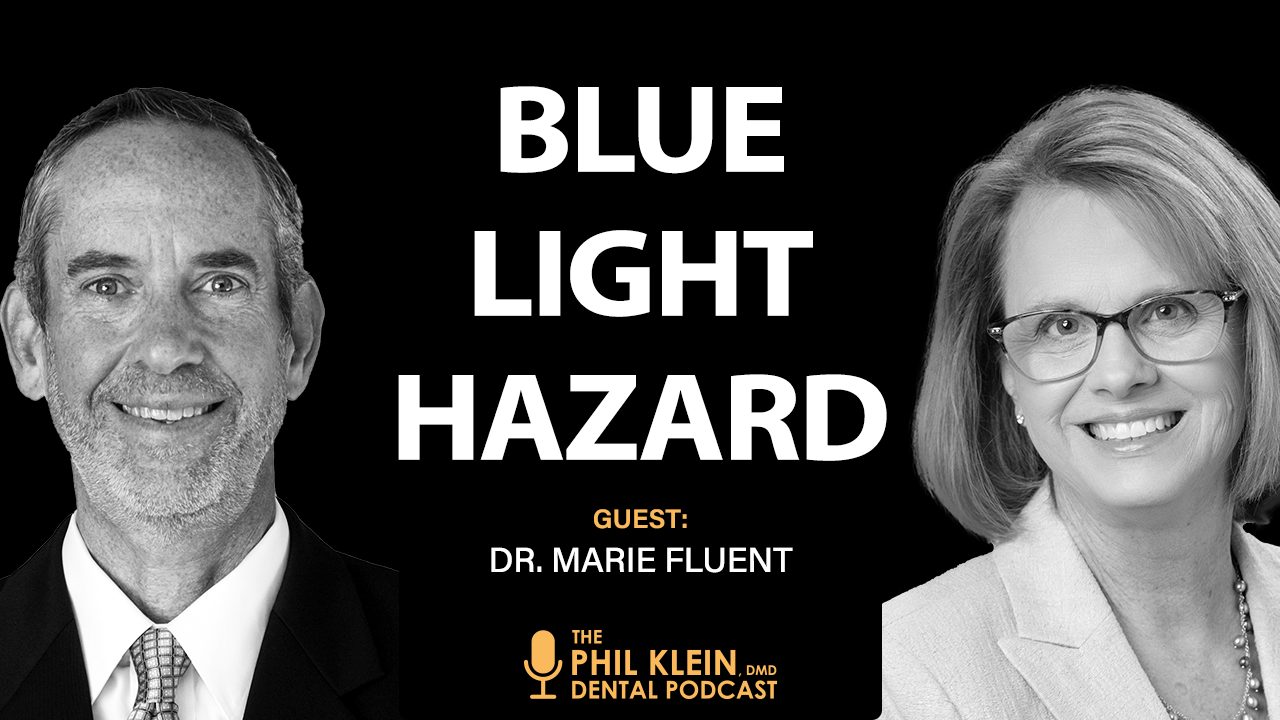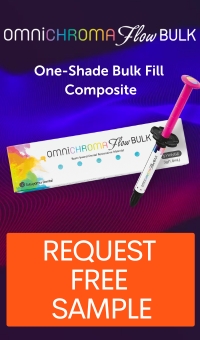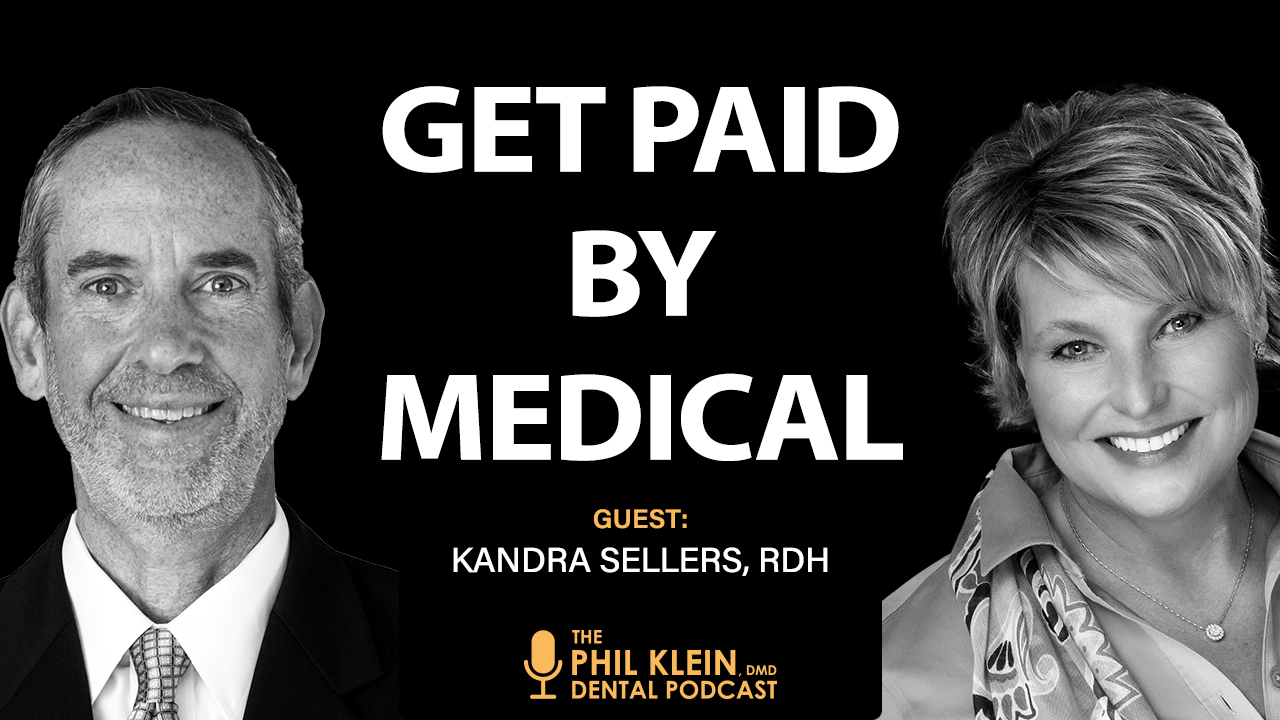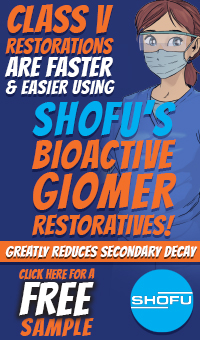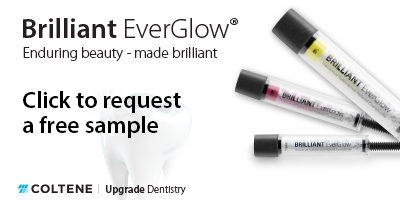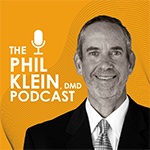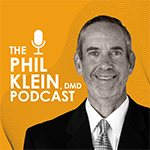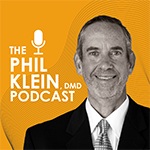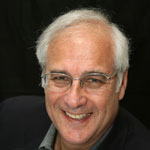
Share this webinar
|
This CE webinar continues the discussion of biomimicry and bioactivity in dental materials and their clinical applications, and will also introduce a new category of a restorative material.
As discussed in Part I, the concepts of bioactivity and biomimicry are not new and have been embraced in dentistry for many years. Since the early days of alloy restorations, we have used calcium in base/liners, and many newer restorative materials contain fluoride. Common examples are calcium hydroxide used as a base/liner with alloy restorations and either glass ionomer or resin modified glass ionomer placed in deep restorations or cervical restorations. Today, we have a greater knowledge of what is needed to restore a tooth to optimum health in the near term and for the future. Products today are easy to use and are available in several formats that can address most situations in clinical practice.
At the end of this CE webinar the participant will be able to understand the concept of biomimicry and the role of so-called bioactive materials that functionally replace those ions lost in the decay process, and will also be able to implement techniques for truly restoring a tooth. Participants will be more familiar with the materials available and how to best utilize them in various treatment modalities, especially for pediatric and geriatric populations. Techniques will be discussed so that the participant can readily and easily incorporate the materials into their restorative protocols.
(
disclaimer, bio and commercial disclosure
)
|










